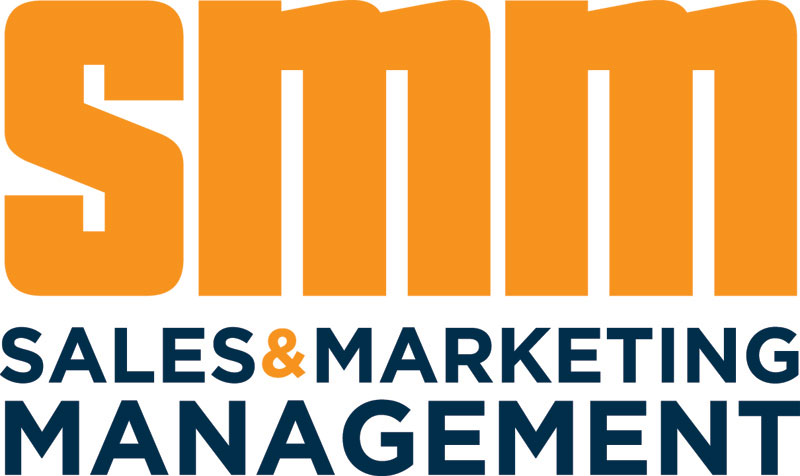Articles
|
There are lots of problems with the way we conduct Sales Management Review, which create the anxiety, and the often valid assessment are a waste of time. They include:
Poorly defined objectives/outcomes
Mixed confusing objectives
Absence of preparation on everyone's parts
No agenda, wondering aimlessness
Mixing meetings - the objective of pipeline reviews, deal reviews, sales call review, account territory reviews are different, but we mix them in the flow of the meeting - destroying the purpose
No or poor coaching
The information sharing could have been done in another format, not requiring a meeting
No learning or development
Frequency/timing of reviews borders on micromanagement
This article focuses on the last point - the cadence for the management review process.
|
|
"The Keys to Effective Strategic Account Planning" is a best-practice model Performance Methods,
Inc., has developed from our extensive client work in the strategic account management area as
well as our affiliation with the Strategic Account Management Association. Chances are, if you’ve
recently attended a SAMA event, you may have even been to a session bearing the same name.
This model, based on 10 critical best-practice areas, establishes a SAM execution framework.
In this article series, we "unpack" each key and provide insight into how global industry leaders
achieve SAM excellence through effective implementation of best practices.
|
|
In November 2010, Jeff Weiss and Jonathan Hughes, along with Major Aram Donigan published an article in Harvard Business Review called "Extreme Negotiations". It described the temptations we all face when negotiating under duress - for example, acting too quickly or relying too much on coercion - and suggested that the principles of effective negotiation become even more important when the stakes are high and the pressure is on. The authors used examples from military negotiations in Iraq and Afghanistan to illustrate those principles.
Harvard Business Review followed up with Weiss and Hughes to understand more about how readers could apply these negotiating principles to their own situations.
|
|
All variations of the hybrid workforce are emerging as employees head back to the office--or not. Many high-tech companies have granted flexibility for workers to continue to work remotely. For example, Twitter and Facebook have announced that employees can continue to work remotely forever, while Google has proposed that "around 60 percent of employees come to the office a few days a week, while another 20 percent will work in new office locations and 20 percent will work remotely.
Download below to learn the options companies are offering and lessons they're learning.
|
|
As we enter the post-pandemic era, most of us will find the workplace has changed. Remote work, which had been a dream for many workers, became a reality over the past year, as at least 42 percent of the U.S. workforce shifted to working virtually full-time from home. Now that the pandemic is subsiding, the Conference Board reports that 40 percent of employers are planning to have workers return to the office, but 61 percent of white-collar employees say they would like their company to let them continue to work remotely indefinitely, and of that number, almost 30 percent of working professionals indicate they will quit if they are told to return to the office.
Download this artcile for some best practices recommended by Dr. Bob Nelson.
|
|
"Work" and "fun" have historically been considered polar opposites. It was thought that you can work or you can have fun, but you can't do both at the same time--or in the same place. Work is what you do for your paycheck and fun is what you do on the weekend. Most of us must work to earn money to live, and sometimes enjoying the work we do seems like a luxury we can't afford. Or can we?
Download this article from some recommendations.
|
|
As companies continue to grapple with the best way forward in navigating a Hybrid Workforce, one of the beliefs driving many companies to require that all employees return to the office is "company culture," that is the shared beliefs, values, norms and practices that uniquely distinguish one company from another. It's assumed by many executives that an organization's culture can only be learned over time by a culmination of in-person interactions conducted exclusively onsite in central office locations.
For example, Goldman Sachs CEO, David Solomon, who has called remote work an "aberration" and not conducive to productivity, sent employees an email which in part stated: "We know from experience that our culture of collaboration, innovation and apprenticeship thrives when our people come together, and we look forward to having more of our colleagues back in the office so that they can experience that once again on a regular basis."
Download below to learn more.
|
Displaying all 7 records






















